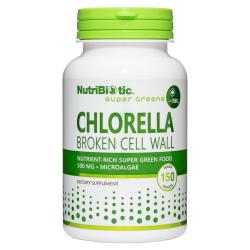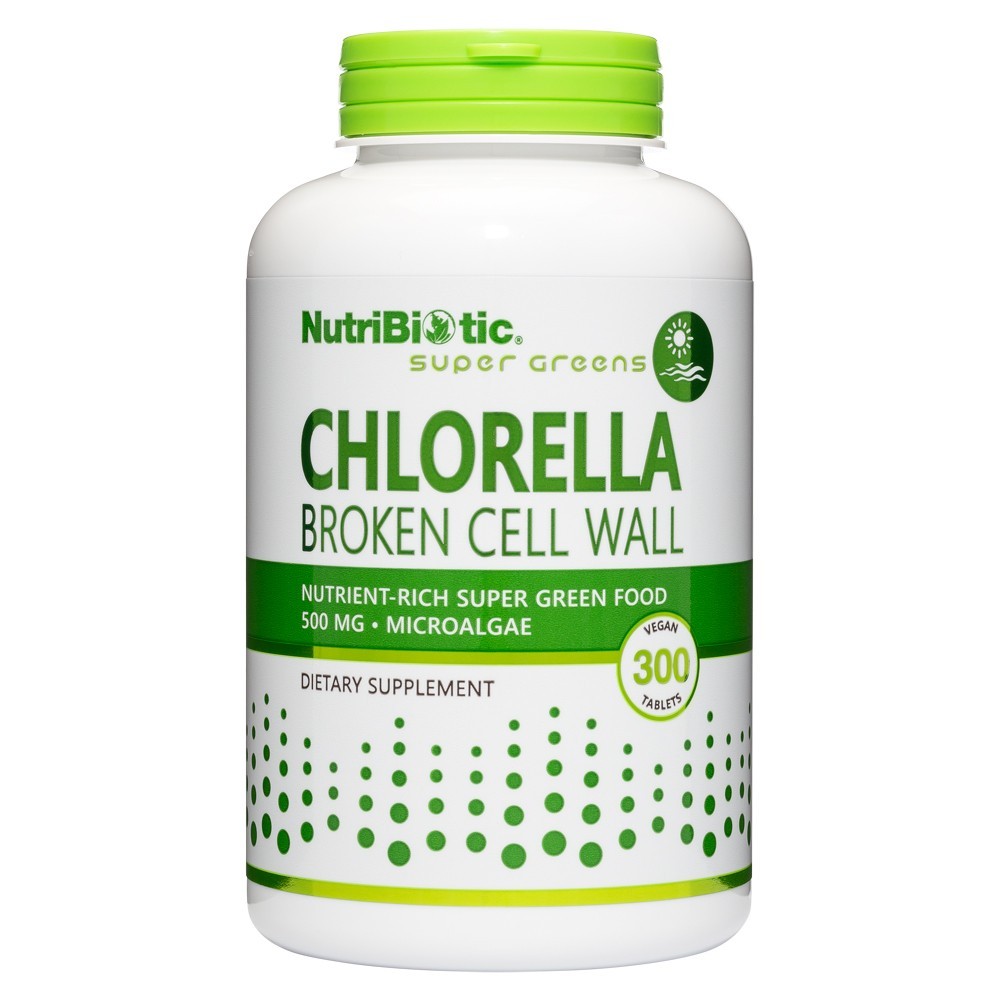Chlorella 500 mg, 150 tabs.
Chlorella 500 mg, 300 tabs.
Chlorella Tablets & Capsules
What is chlorella?
Chlorella is a single-celled freshwater green algae used as a whole food nutritional supplement. Because chlorella is a whole food rather than a fractionalized extract or an isolated component, it contains all the beneficial components of the entire microalgae in perfect balance. In addition to highly bioavailable vitamins and minerals, chlorella contains significant amounts of vegan protein, beta carotene, and chlorophyll. Additionally, the hard cell wall (broken during the drying process) provides important dietary fiber. Chlorella is related to spirulina and Klamath Lake blue-green algae, all of which share the Green Foods category with things like wheat grass, barley grass, and the juices from these plants.
Chlorella is valued for its rich nutritional profile, which may support overall wellness. It contains:
- Vegan protein
- Dietary fiber
- Essential vitamins and minerals, including beta carotene, calcium, magnesium, and zinc
- Chlorophyll, a natural compound found in chlorella and green plants
Why would someone want to take chlorella?
Chlorella is a nutritional powerhouse providing nutrients, including high levels of vegan protein, fiber, vitamins, minerals, and chlorophyll. Chlorella is one of the most concentrated sources of beta carotene, calcium, magnesium, and zinc available. The chlorophyll content is important as a nutrient. Additionally, chlorophyll bears a molecular structure identical to that of human blood, with the exception of one atom. Red blood cells have an iron molecule whereas chlorophyll has a magnesium molecule.
How does chlorella compare nutritionally to blue-green algae, especially spirulina?
They are virtually identical. The two largest differences are fiber content (chlorella contains more fiber than spirulina due to its hard cell wall) and price. Chlorella is generally less expensive than blue-green algae.
How is NutriBiotic Chlorella grown?
Our Chlorella is farmed. It is cultivated in enormous outdoor tanks filled with pure freshwater and nutrients. The water is then inoculated with chlorella which multiplies rapidly in the warm sun. When the chlorella is harvested, it is drained of water and then put through a patented drying process. This process is gentle enough to preserve the nutritional value of the food and still crack the hard cellulose wall that surrounds each cell. The cracking of the wall enables the body to uptake and utilize the nutrients inside.

